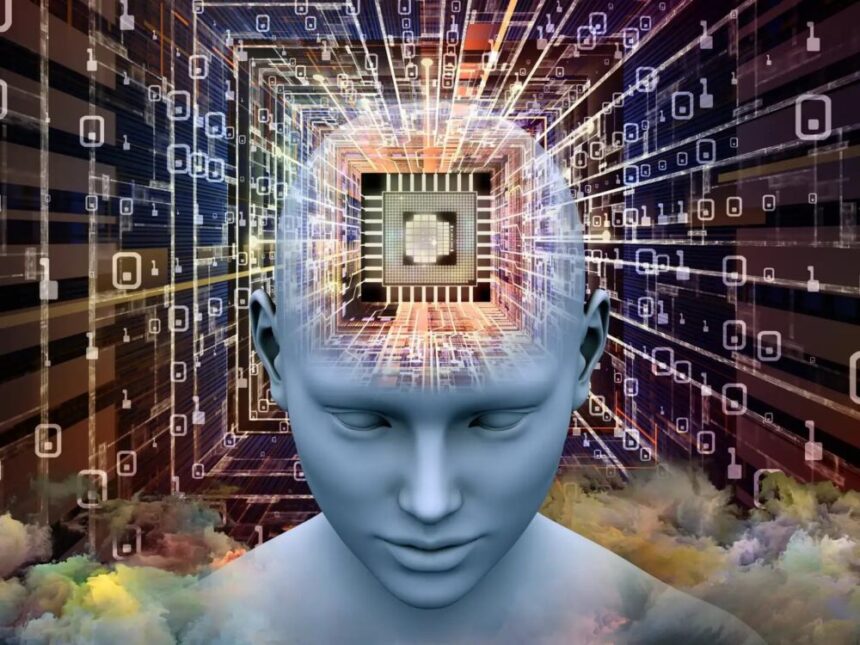Startups that work with people's brains
 In recent years, there has been an increase in investment volumes in neurotechnologies. Elon Musk, Bill Gates, Jeff Bezos, Mark Zuckerberg and other famous (and not so) billionaires of the planet invest in this sector. Medicine is one of the main areas of application of neurotechnology, where the influx of funds is noticeable.
In recent years, there has been an increase in investment volumes in neurotechnologies. Elon Musk, Bill Gates, Jeff Bezos, Mark Zuckerberg and other famous (and not so) billionaires of the planet invest in this sector. Medicine is one of the main areas of application of neurotechnology, where the influx of funds is noticeable.
The Earth's population is aging, but many medical health needs are still unmet. First of all, we are talking about people with impaired locomotor function. These disorders are mechanical injuries of the spinal cord and diseases of the central nervous system that lead to loss of mobility, as was the case with Stephen Hawking.
Accordingly, it is necessary to look for some ways for people to maintain contact with the outside world. Elon Musk created the Neuralink project for this purpose. The company is engaged in the production of microchips, which are fixed in the skull, receive brain impulses and turn them into a control signal for a computer or smartphone.
Synchron has developed a chip with electrodes that, when implanted, pass through blood vessels into the brain and has received $75 million in investment , including from Bill Gates and Jeff Bezos.
The modern rhythm of life forces us to take more and more risks, assume responsibilities and fall into depression one after another. All this creates the need for brain trackers that help to relax and control the psycho-emotional state. Everyone already has a smart watch that monitors the level of physical activity, heart rate, pressure and other indicators, while no one has a device to monitor the level of brain fatigue.
Neiry has launched Mind Tracker , which allows to develop the body's resistance to heartworms. Mind Tracker is like a fitness bracelet, only for the brain. A headband or headphones with soft removable gold-plated electrodes fit tightly on the head and an encephalogram is performed, and the special application, based on the received data, is able to determine the state of the user: whether he feels weak, tired, excited, stressed, or not? If the person's condition is defined by the program as unsatisfactory, he recommends taking special courses to combat stress. Within such a class, the user hears sounds. the more improvement in a person's psycho-emotional situation is recorded, the clearer the signal becomes.
There is also such a thing as maintaining attention at the level needed to solve complex problems. Neurostimulation techniques can also be used to combat disorders such as anxiety and depression. Drug treatment is not effective for everyone and psychotherapy is not available for everyone. In particular, the Inner Cosmos startup is successfully working and attracting investments in this direction. An implant with electrodes was placed in the volunteer's head, which send signals to a certain part of the brain once a day. If the study shows good results within a year, the method could be used to treat depression.
The next trend that attracted the attention of investors is the transformation of brain signals into one activity or another. For example, Zuckerberg's bracelet from CTRL-Labs. It can already read neuron activity from wrist muscles. In the future, purely technically, it will allow the keyboard buttons to work faster.
And the P300 technology is a signal that is triggered 300 ms after a person sees a familiar object. Such a project is good for airports, baggage check services. The essence of the described technology is that the specialist receives the airport network data on the screen at a fairly high speed, 8-10 frames/s. And when its trained or already trained brain notices something suspicious, the P300's potential is triggered and said image is sent to airport security.
ISRAELI STARTUP THROWS THE GLOVE TO COMPETITORS
The use of neurotechnologies is especially widely used in the field of marketing and advertising. It is safe to say that many films have undergone neuromarketing research. For example, with the help of trackers, they monitor which part of the screen the subject looks at more and longer . Based on the received data, decisions are made about what to leave in the film and what to remove from it. This reveals what people don't respond to and what irritates them.